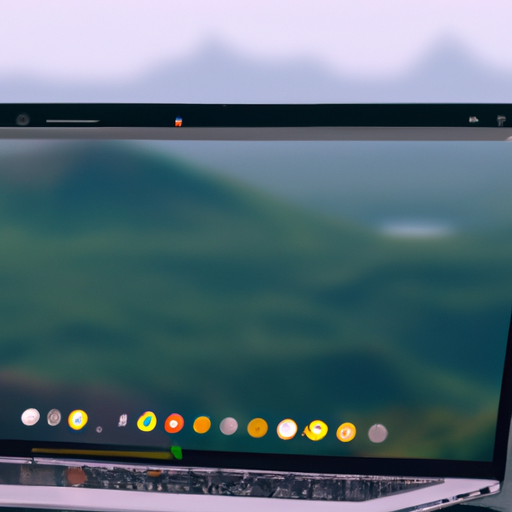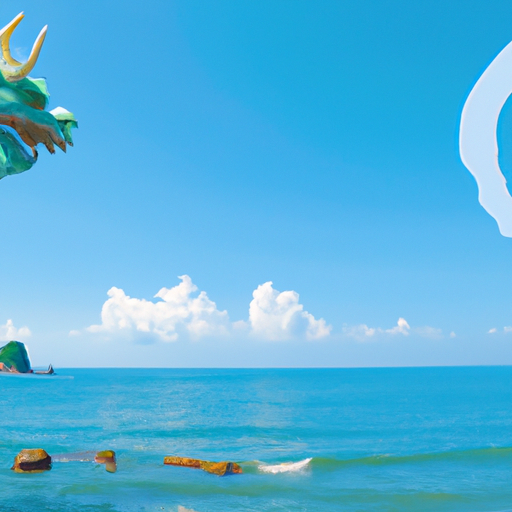How to Use Google Image Search to Find High-Quality Images Quickly
Are you looking for high-quality images to use in your project or presentation? Google Image Search is a great tool to help you find the perfect image quickly and easily. Here’s how to use it:
1. Go to Google Images.
2. Enter a keyword or phrase that describes the image you’re looking for.
3. Use the filters on the left side of the page to narrow down your search. You can filter by size, color, type, and more.
4. Look through the results and click on an image to view it in full size.
5. If you like the image, click the “View Image” button to open the image in a new tab.
6. Right-click the image and select “Save Image As” to save it to your computer.
That’s it! With just a few clicks, you can find high-quality images quickly and easily using Google Image Search. Happy searching!
Tips for Refining Your Image Search Results with Google Image Search
1. Use keywords: When searching for images, it’s important to use keywords that accurately describe what you’re looking for. This will help narrow down your search results and make it easier to find the image you’re looking for.
2. Use filters: Google Image Search has a variety of filters that you can use to refine your search results. You can filter by size, color, type, and more. This can help you find the exact image you’re looking for.
3. Use advanced search: Google Image Search has an advanced search feature that allows you to search by image size, color, type, and more. This can help you narrow down your search results and find the image you’re looking for.
4. Use related images: Google Image Search has a related images feature that can help you find similar images to the one you’re looking for. This can be helpful if you’re looking for a specific type of image but can’t find it.
5. Use reverse image search: Google Image Search also has a reverse image search feature that allows you to search by an image instead of a keyword. This can be helpful if you have an image but don’t know what it is.
Exploring Advanced Features of Google Image Search to Speed Up Your Searches

Welcome to the world of advanced Google Image Search! With a few simple tricks, you can speed up your searches and find the perfect image for your project.
First, let’s talk about the search bar. You can use the search bar to narrow down your search by adding keywords. For example, if you’re looking for a picture of a beach, you can type “beach” into the search bar. This will bring up images related to the keyword.
Next, you can use the “Tools” option to refine your search. This allows you to filter images by size, color, type, and more. For example, if you’re looking for a high-resolution image, you can select “Large” under the “Size” option.
You can also use the “Usage Rights” option to find images that are free to use. This is especially helpful if you’re looking for images to use in a project or presentation.
Finally, you can use the “Time” option to find images that were recently uploaded. This is great if you’re looking for the latest images related to a topic.
We hope these tips help you speed up your Google Image Search. With a few simple tricks, you can find the perfect image for your project in no time!
Strategies for Optimizing Your Image Search Results with Google Image Search
1. Use Descriptive Keywords: When searching for images, use descriptive keywords that accurately describe the image you are looking for. This will help narrow down your search results and make it easier to find the image you need.
2. Use Advanced Search Filters: Google Image Search has a variety of advanced search filters that can help you refine your search results. You can filter by size, color, type, and more.
3. Use the “Similar Images” Feature: If you find an image that is close to what you are looking for, you can use the “Similar Images” feature to find more images that are similar.
4. Use the “SafeSearch” Feature: The “SafeSearch” feature can help you filter out inappropriate images from your search results.
5. Use the “Reverse Image Search” Feature: If you have an image that you want to find more information about, you can use the “Reverse Image Search” feature to find similar images and related information.
6. Use the “Usage Rights” Filter: If you are looking for images that you can use for commercial purposes, you can use the “Usage Rights” filter to find images that are labeled for reuse.
By following these tips, you can optimize your image search results and find the perfect image for your project.
Best Practices for Mastering Google Image Search for Faster Image Searches
1. Use Descriptive Keywords: When searching for images on Google, it’s important to use descriptive keywords that accurately describe the image you’re looking for. This will help narrow down your search results and make it easier to find the image you need.
2. Utilize Advanced Search Options: Google’s advanced search options can help you refine your search results and find the exact image you’re looking for. You can filter your results by size, color, type, and more.
3. Use the “Similar Images” Feature: If you find an image that is close to what you’re looking for, you can use the “Similar Images” feature to find more images that are similar. This can help you find the exact image you need.
4. Use the “Search by Image” Feature: If you already have an image that you want to search for, you can use the “Search by Image” feature to find similar images. This can be a great way to find images that are related to the one you already have.
5. Use the “SafeSearch” Feature: If you’re looking for images that are appropriate for all audiences, you can use the “SafeSearch” feature to filter out any images that may be inappropriate.
By following these tips, you can master Google Image Search and find the images you need faster and more efficiently.
